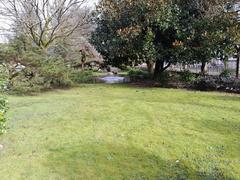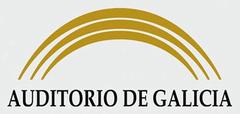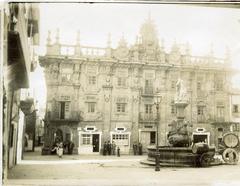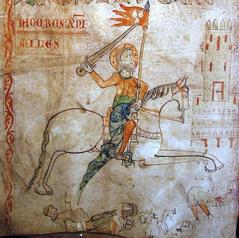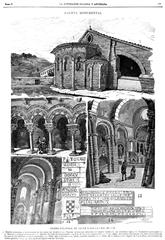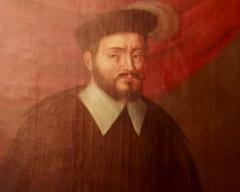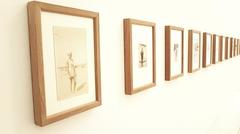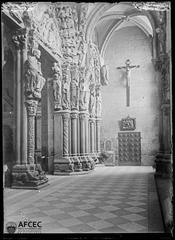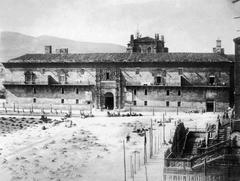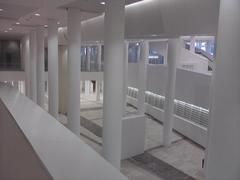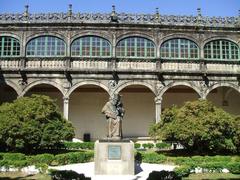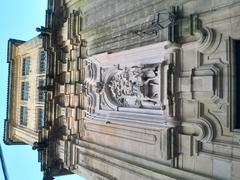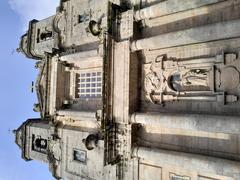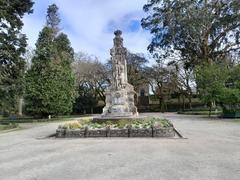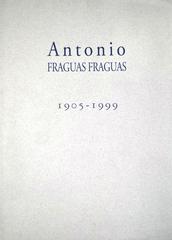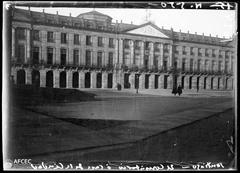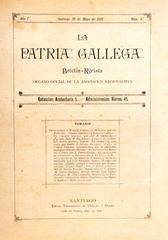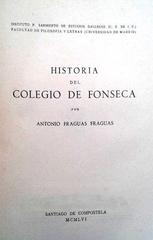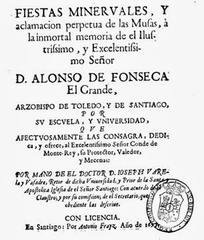
Santo Domingo de Bonaval Park: Visiting Hours, Tickets, and Santiago de Compostela Historical Sites Guide
Date: 04/07/2025
Introduction
Santo Domingo de Bonaval Park is a captivating urban oasis on the western hillside of Santiago de Compostela. Once the grounds of a 13th-century Dominican convent, today it serves as a lush green space where history, nature, and art converge. Designed by architects Álvaro Siza Vieira and Isabel Aguirre, the park masterfully integrates medieval heritage with modern landscaping, offering panoramic viewpoints, tranquil gardens, and contemporary art installations such as Eduardo Chillida’s renowned sculpture, A Porta da Música. With free entry, close proximity to cultural landmarks like the Museo do Pobo Galego and the Centro Galego de Arte Contemporáneo (CGAC), and a rich program of events, the park is an essential stop for pilgrims, history lovers, and anyone seeking peace and inspiration in the heart of Santiago. (Eixo Atlántico, Spain.info, Santiago Turismo)
Park Highlights and Historical Background
Monastic Origins and Transformation
Founded in the 13th century as the Dominican convent of San Domingos de Bonaval, the estate included a vegetable garden, an oak grove (carballeira), and a terraced cemetery, reflecting monastic traditions of self-sufficiency, contemplation, and remembrance. The cemetery served as a burial site for friars and distinguished citizens, with its terraces blending architecture and the natural hillside—an enduring feature of Galician heritage. (Eixo Atlántico)
In the late 20th century, following the convent’s secularization, the site was transformed into a public park through adaptive reuse. The design by Siza Vieira and Aguirre preserved the tripartite structure of the estate while introducing contemporary paths and terraces that respect the natural topography, making the space accessible and visually engaging.
Architectural and Landscape Features
- Heritage Structures: The park adjoins the historic convent—now the Museo do Pobo Galego—showcasing Galician Baroque, Gothic, and Renaissance architecture. Sightlines frame these landmarks as focal points.
- Terraced Cemetery: The old cemetery, with its stone crosses and tombs, is respectfully integrated into the landscape as a contemplative space.
- Native Flora: A rich palette of oaks, chestnuts, laurels, and other regional species supports local wildlife and enhances the park’s natural character.
- Contemporary Art: Sculptures by Galician artists, including Chillida’s A Porta da Música, create dialogue between past and present.
- Panoramic Views: The hillside setting offers spectacular views over the city’s old town and countryside.
Visitor Information: Hours, Tickets, and Access
Opening Hours
- Spring & Summer (March–October): 8:00 AM – 11:00 PM
- Autumn & Winter (November–February): 8:00 AM – 8:00 PM
- Note: Hours may vary slightly; check official resources before your visit.
Admission
- Park Entry: Free for all visitors.
- Museo do Pobo Galego & CGAC: Separate ticketing applies; consult their official websites (CGAC), Museo do Pobo Galego) for up-to-date prices and schedules.
Accessibility
- Paths: Ramps, gently sloping walkways, and accessible routes are provided, though some steep or uneven areas remain.
- Facilities: Benches, shaded areas, and water fountains are available; restrooms can be found at nearby museums.
- Mobility: The park is suitable for wheelchairs and strollers, with some assistance advised in certain zones.
Getting There
- On Foot: Short walk from the city center, near Rúa de San Pedro and the Puerta del Camino.
- Public Transport: Local buses stop close by; refer to Santiago de Compostela transit maps for routes.
- Parking: Limited on-street parking (La Salle) is nearby; public transport is recommended during busy times.
Activities and Atmosphere
- Relaxation and Recreation: Jogging, yoga, picnicking, and quiet reflection are popular. Open lawns and shaded groves foster relaxation, while panoramic terraces attract photographers and artists.
- Cultural Events: Open-air concerts, film screenings, and festivals are held in the park, especially in summer. Informal music performances often animate the lawns.
- Guided Tours: Occasional tours highlight the park’s history, architecture, and art. Check with Santiago Turismo or local tour operators for schedules.
Nearby Attractions
- Museo do Pobo Galego: Located in the former convent, this museum explores Galician culture and history, including the iconic triple spiral Baroque staircase. (Lonely Planet)
- CGAC: The Galician Contemporary Art Centre, designed by Siza Vieira, offers rotating exhibitions of modern art and design.
- Panteón de Galegos Ilustres: The Pantheon of Illustrious Galicians, resting place of notable regional figures.
- Historic City Center: The cathedral, bustling markets, and artisan shops are just a short walk away.
Practical Tips for Visitors
- Best Times: Early morning and late afternoon provide the most peaceful atmosphere and optimal lighting for photography. Spring and autumn are particularly beautiful, while summer brings lively events.
- Picnics: The park’s lawns are ideal for picnics, with cafés and bakeries nearby along Rúa de San Pedro.
- Pets: Dogs are welcome on a leash; owners must clean up after them.
- Weather: Santiago’s oceanic climate brings frequent rain from October to April. Bring waterproof clothing and check weather forecasts before your visit.
- Language: Signage is in Galician and Spanish, with English available at major cultural sites.
- Sustainability: Respect the park’s heritage and natural environment by keeping noise low, disposing of litter properly, and avoiding disturbance to wildlife.
Frequently Asked Questions (FAQ)
Q: What are the visiting hours of Santo Domingo de Bonaval Park?
A: The park is open daily, from 8:00 AM to 11:00 PM in summer and 8:00 AM to 8:00 PM in winter (hours may vary).
Q: Is there an entrance fee?
A: No, admission to the park is free.
Q: Are guided tours available?
A: Yes, guided tours are occasionally offered. Check with local tourism offices or the Museo do Pobo Galego.
Q: Is the park accessible for people with disabilities?
A: Yes, there are accessible paths, though some areas may require assistance.
Q: Can I bring my dog?
A: Dogs are allowed on leash; owners should clean up after their pets.
Q: Are there restrooms in the park?
A: Restrooms are available in adjacent museums and cultural centers.
Q: What’s the best time to visit?
A: Spring and autumn for mild weather and vibrant gardens; summer for events; winter for a quieter atmosphere.
Visuals and Planning Resources
- Images and Maps: Visit the official Santiago tourism gallery for high-quality images and interactive maps.
- Photo Spots: The viewpoint by A Porta da Música sculpture is ideal for panoramic shots of the city.
- Virtual Tours: While not currently available, online galleries and planning tools can be accessed via official tourism sites.
Comparative Perspective
Santo Domingo de Bonaval Park stands out among Santiago’s green spaces for its integration of historical, cultural, and natural elements, as well as its role as a vibrant community hub. Nationally and across Europe, it is recognized as a model for balancing heritage conservation, public accessibility, and urban sustainability.
Conclusion and Call to Action
Santo Domingo de Bonaval Park is a living testament to Santiago de Compostela’s harmonious blend of history, nature, and contemporary culture. Its terraced cemetery, ancient oak grove, panoramic views, and cultural programming make it indispensable for visitors and locals alike. Explore nearby museums, attend an open-air concert, or simply relax among centuries-old trees—every visit reveals new layers of meaning and beauty.
Stay up to date on events and visitor information by consulting official tourism sites and downloading the Audiala app for real-time updates and itineraries. Embrace the opportunity to discover one of Santiago’s most treasured landmarks, where past and present converge in an inspiring urban sanctuary.

